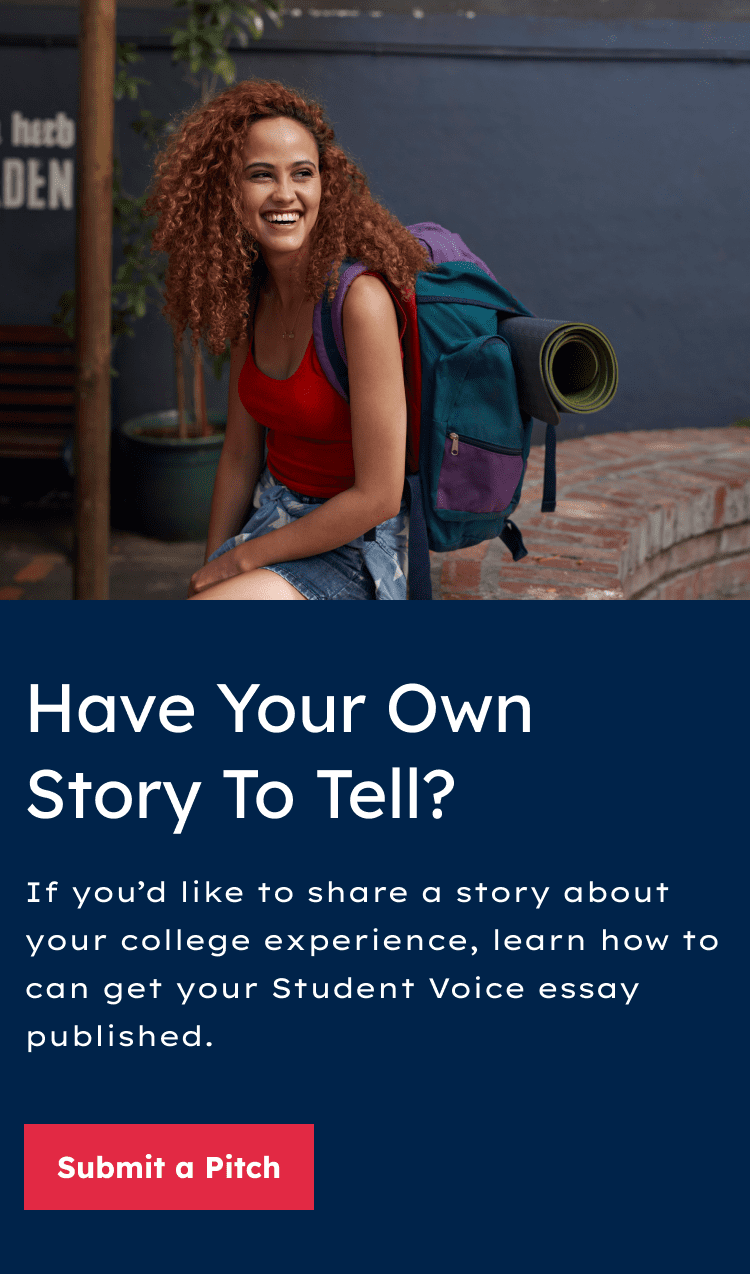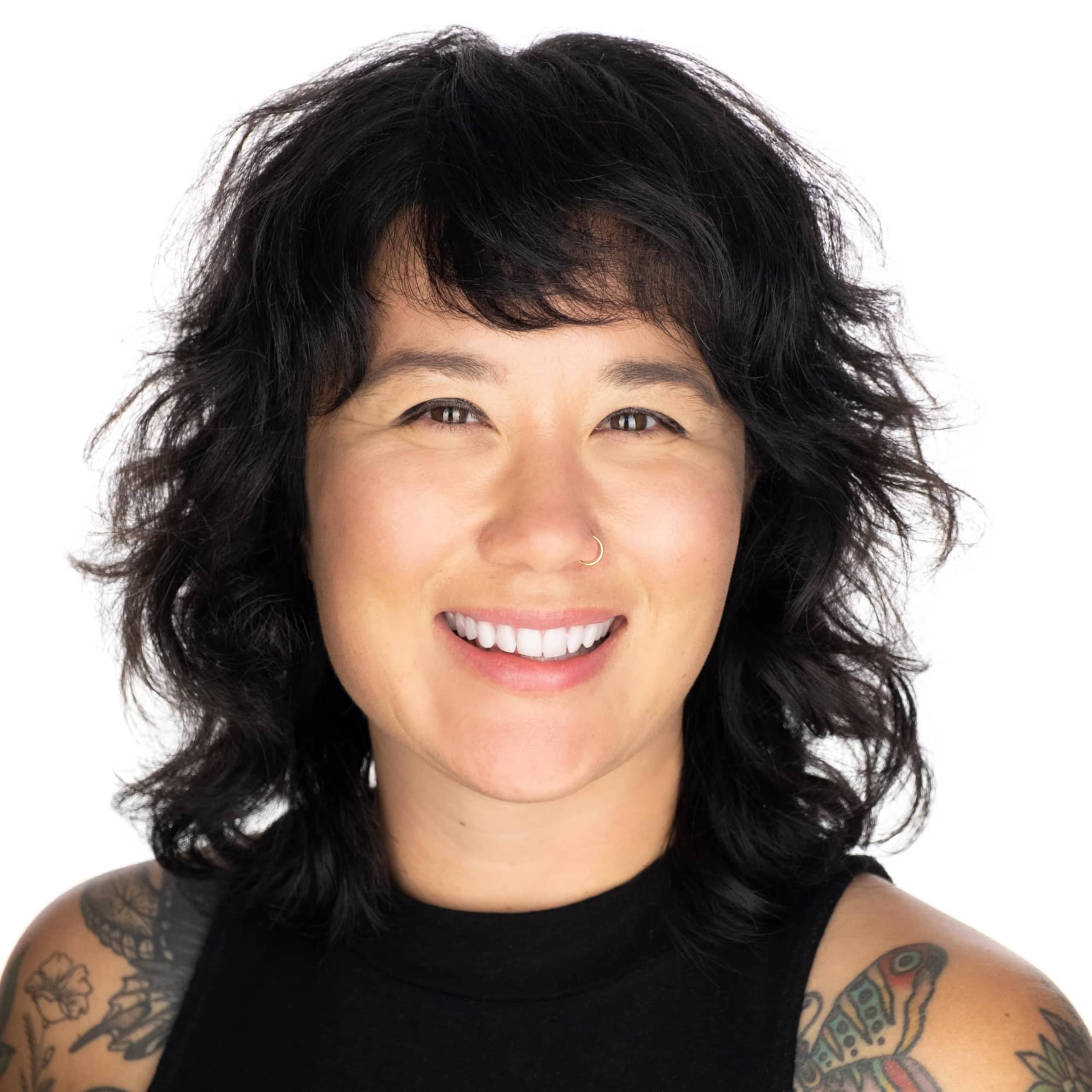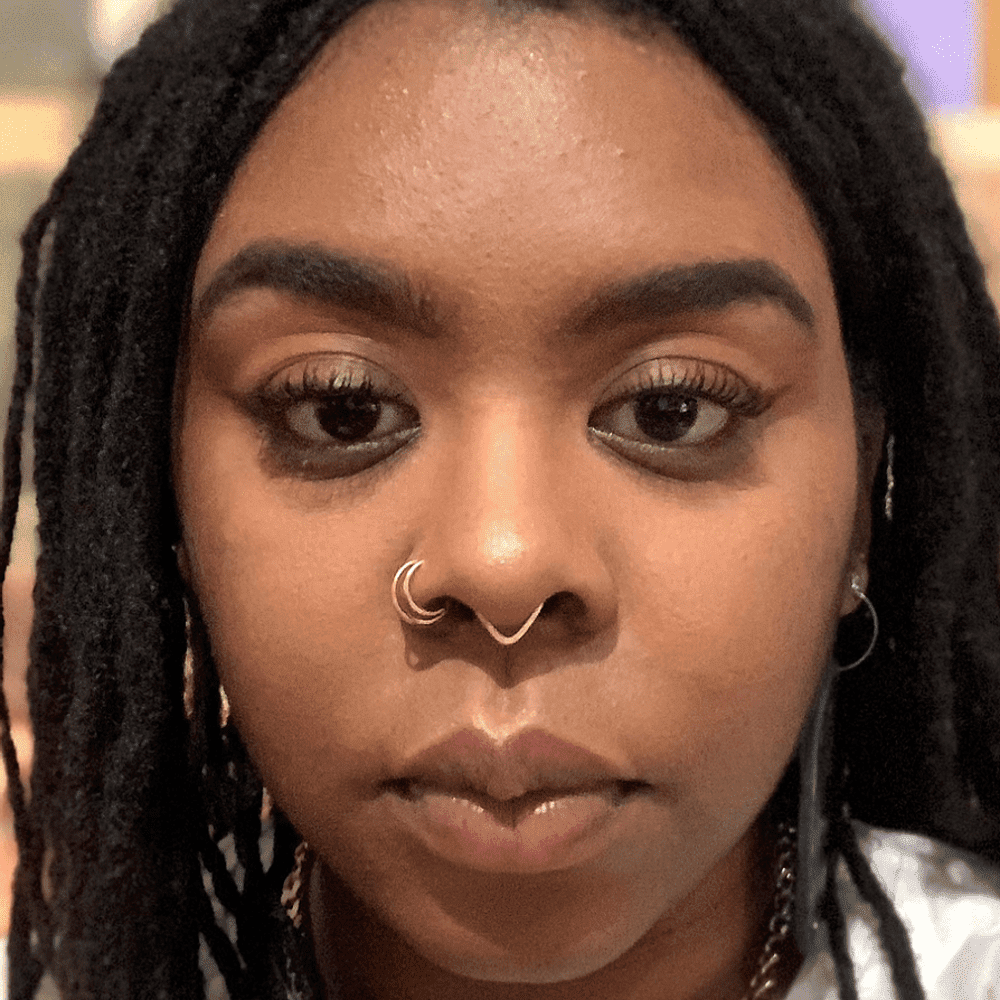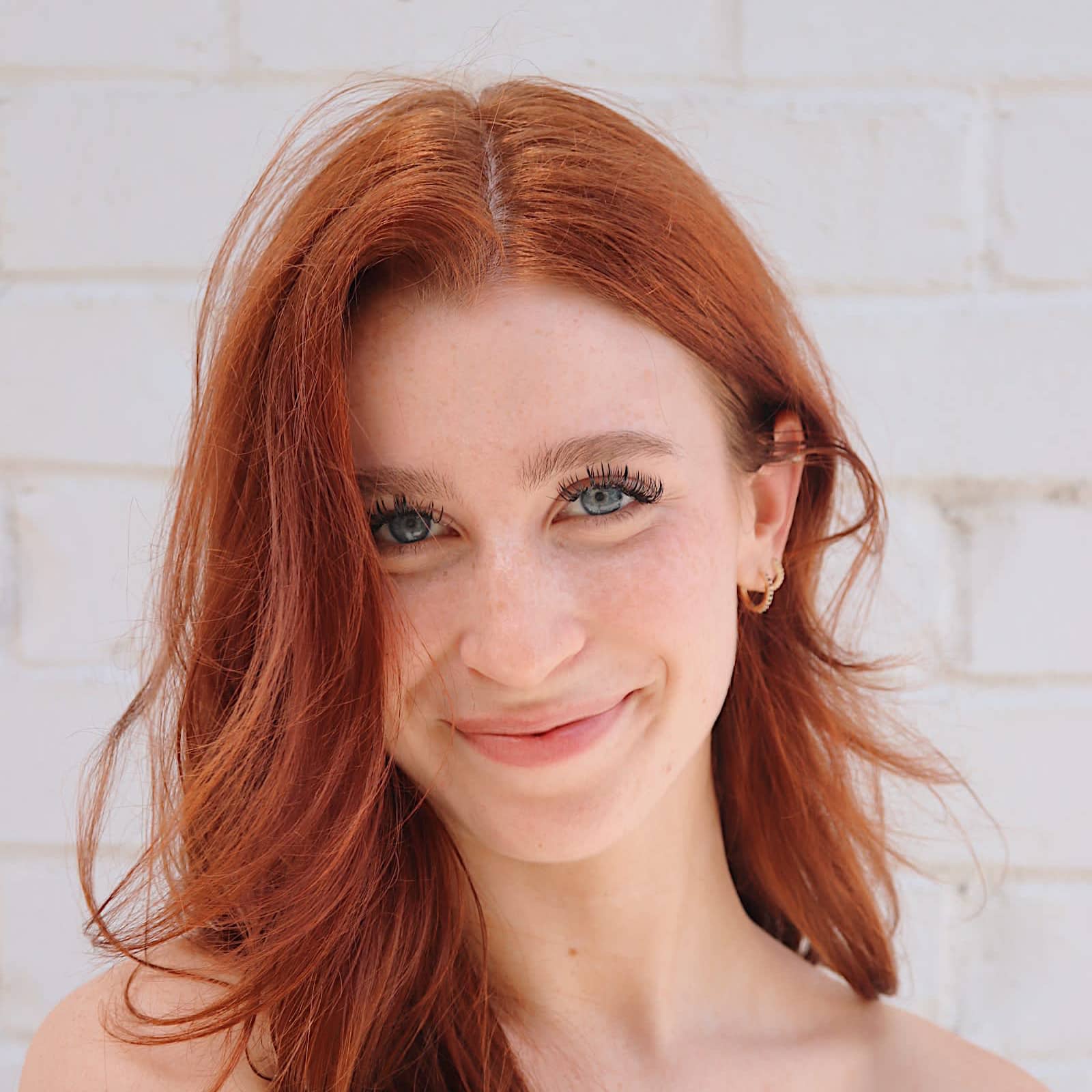Road to Vet School as a Minority Student: How Poverty and Natural Disasters Built My Resilience
Did you know that Hispanics make up only around 5% of veterinarians in the United States?
The reason behind this statistic lies in the unique challenges experienced by minorities worldwide. And I have experienced some of these challenges myself, such as language barriers and socioeconomic hurdles.
I grew up on the beautiful island of Puerto Rico, where the coquí frog sings at night. I spent my childhood raising rabbits, doing agriculture, and being surrounded by nature. Since I was 3, I knew I wanted to become a veterinarian.
But there was a minor detail that I, as a child, had not taken into consideration: I was a Hispanic girl living in poverty on an island with a deteriorating economy.
When you’re a kid, it’s so easy to dress up for career day and tell everyone what you want to be when you grow up. Unfortunately, many children raised in Puerto Rico end up facing obstacles that push them away from their dreams. This is where the phrase “Where there’s a will, there’s a way” becomes relevant because, for those who lack resources, there isn’t always a way.
I’ve wanted nothing more in my life than to become a veterinarian. The journey has been a roller coaster of events that have shaped my character. Having grit has proven to be one of my biggest advantages.
This is my story: a Puerto Rican girl who overcame poverty, hurricanes, and earthquakes in order to make it to veterinary school.
I started my undergraduate studies at the University of Puerto Rico, Mayagüez Campus in 2015.
In March 2017, the University of Puerto Rico (UPR) student body declared an indefinite strike. This event stemmed from a budget cut that would result in students having less educational funding and increased tuition costs. What’s more, UPR is a public university and the only opportunity for a vast majority of Puerto Ricans to develop as professionals.
As a result of the fight for accessible education, the university closed for approximately two months, and enrolled students had their semester schedules radically altered. I ended up taking an entire semester of chemistry in just two weeks. Needless to say, I didn’t get any sleep!
I knew I would encounter many obstacles, but I didn’t know to what extent. Never would I have imagined our geographical position would be the next hurdle.
Puerto Rico is part of the Greater Antilles in the Caribbean. Consequently, during hurricane season, we frequently get tropical storms.
On September 20, 2017, one of the scariest moments of my life took place. That was the day Hurricane Maria — a Category 5 storm — hit Puerto Rico, changing our lives forever.
Seventeen days earlier, Hurricane Irma had passed through the island as well. I vividly remember how we spent more than 30 hours locked inside our houses.
I will never forget the eerie noise of the wind and how the outside looked completely pale from my window. As the hurricane slowly made its way across the island, my house started flooding. We were all scared and trying to save what we could. Most of the furniture in our home was lost that day.
“As the hurricane slowly made its way across the island, my house started flooding. We were all scared and trying to save what we could. Most of the furniture in our home was lost that day.”
My first impression after the hurricane hit was devastating. Everything surrounding my house was gone. Even my neighbor’s roof was in our yard! Because our house is surrounded by a river, which cuts off communication with the outside world, we didn’t know if our loved ones were safe. There was no power, no internet, and no phone service. I lost my bed and had to sleep on the floor. This was my life for the next four months.
After the catastrophic event, I was listening to a battery-powered radio when I found out that UPR had closed indefinitely. For the second time in my undergraduate studies, it had shut down for about two months. Going to vet school seemed further and further away.
Days after the hurricane, the lines to buy food and gasoline were miles long, and everything was scarce. It was so difficult to find fresh food that we would celebrate every time one of our chickens laid an egg! It was as though we’d traveled 50 years back in time.
But the resilience was there, day after day. We had to survive — and we did. I remember once when we were running out of food and water in the house, I saw a military truck. I desperately ran in front of the vehicle and begged for supplies. They were so kind, and I was relieved because, at least for a few more days, my family was going to be OK.
For the next few months, life was tough. We didn’t have enough money to fuel our generator each day. Studying in the dark with no internet was extremely difficult. I also lost my job at the water park I used to work at as a lifeguard since it had been destroyed by the hurricane.
It was hard to focus on studying chemistry and biology when my mind was constantly trying to figure out ways to make money and help my family.
These are things we consider necessities and normally take for granted. During this time, I learned the most about gratitude. We were so fortunate with the little things we had growing up, and I didn’t realize that until Hurricane Maria.
This historic hurricane greatly impacted the lives of all Puerto Ricans — and we’re still recovering to this day. I thought this would mark the end of my extraordinary undergraduate journey, but soon I would be proven wrong once again.
On January 7, 2020, right after our Three Kings Day celebrations, a 6.4 magnitude earthquake shook the entire island. That same night, another big quake occurred. Spring semester was scheduled to begin in just a few days, and this event caused all classes to be canceled.
A lot of people in the south of the island lost their homes due to poor infrastructure. Houses on the island are not designed for earthquakes of such magnitudes.
The rest of us didn’t feel safe. It was hard to sleep during those days. When the semester began, the shaking continued even during lectures, and it soon became the norm.
Then came COVID-19 — but that’s another story!
Overall, these events taught me resilience and perseverance: two pillars that make up my keys to success. I learned that you should never give up, no matter the circumstances. It’s not about how talented or privileged you are; it’s about not giving up.

I had to stay firm on my goals while completing my undergraduate studies in the middle of chaos and uncertainty. Today, I can proudly say I have a bachelor’s degree in animal science and am currently pursuing my dream career at Ross University School of Veterinary Medicine.
I am now a minority student learning each day about cultural diversity in the medical field as I embrace my Hispanic heritage. I aspire to increase that 5% statistic and become a veterinarian that gives back to her community. I want to show people that their backgrounds do not define their potential.
There were many times when I thought about giving up. After all, I’m only human. But there’s a spark about being human that makes us thrive in adversity.
And so I encourage you to pursue your passions. Through them, you can define your purpose. Let yourself become inspired. Work on creating a path with short- and long-term goals. And follow it, no matter what, because when there isn’t a way, you pave it yourself.
Meet the Author

Nashaly Miranda Sánchez is currently pursuing her doctorate at Ross University School of Veterinary Medicine. She graduated in 2020 with a bachelor’s degree in animal science from the University of Puerto Rico at Mayaguez (UPRM). Her passion for animal welfare has driven her to volunteer at massive spay clinics and create a community project called Project P.A.W.S., through which stray animals are rescued, rehabilitated, and adopted into loving homes. In 2019, she was part of the Pre-Veterinary Club council at UPRM and helped instruct undergraduates interested in applying for veterinary schools that hold accreditation from the American Veterinary Medical Association.
In addition, Nashaly educates the community about public health and the importance of preventing zoonotic diseases. Her biggest areas of passion in veterinary medicine include small and exotic animals, with a special interest in rabbits. She aspires to open the first 24/7 veterinary hospital on the west side of Puerto Rico and provide affordable care to animals in need.
Explore More College Resources

5 Tips for Students of Color Entering the Workforce
The future workforce will be increasingly diverse. Learn how students of color can prepare to enter the workforce — and handle challenges once there.

by Nikki Carter
Updated September 26, 2022

Understanding the College Completion Gap for Latino Students
The college completion gap for Latino students is a complex issue that has systemic roots. Read more about the impact of this phenomenon.

by Sydney Clark
Updated November 8, 2021

